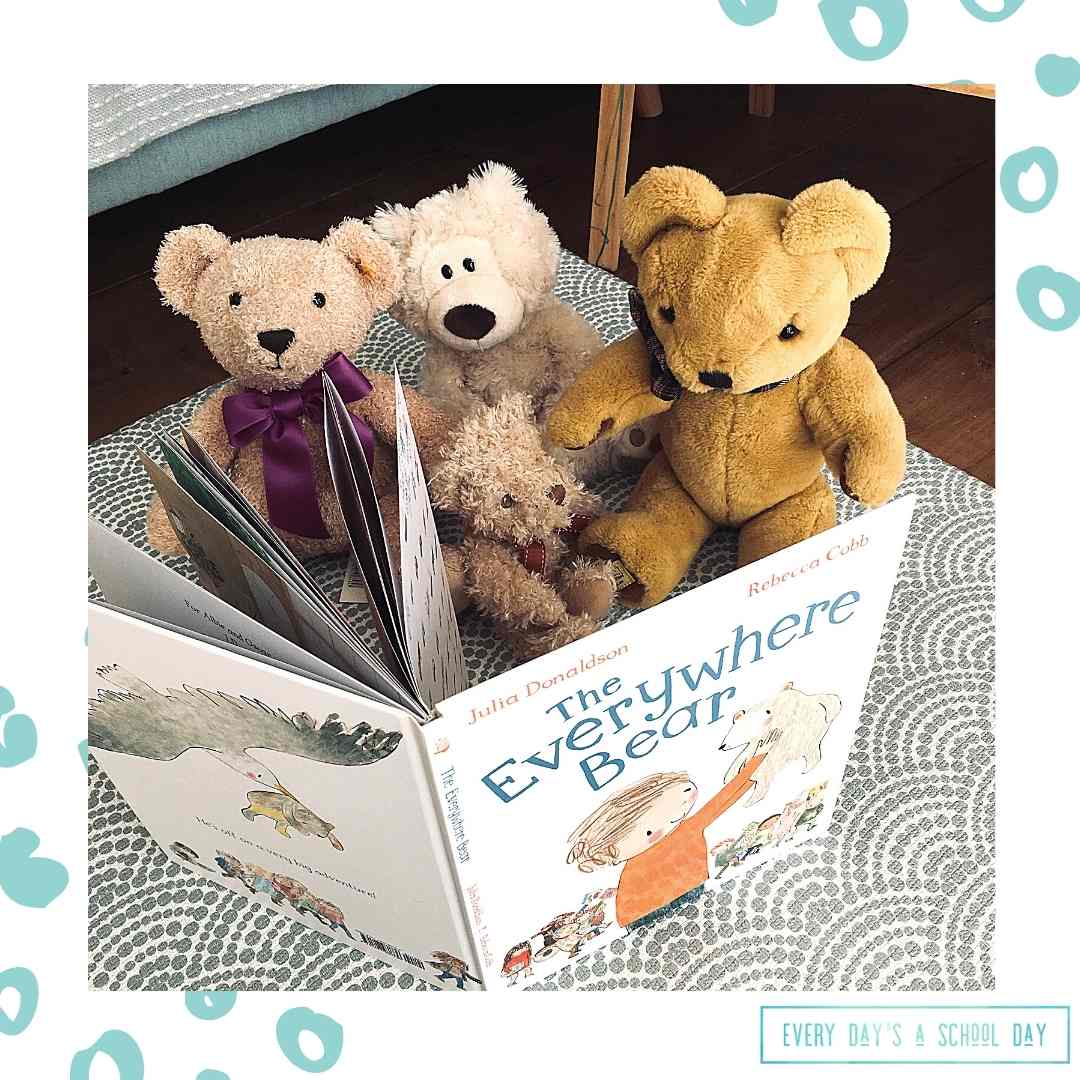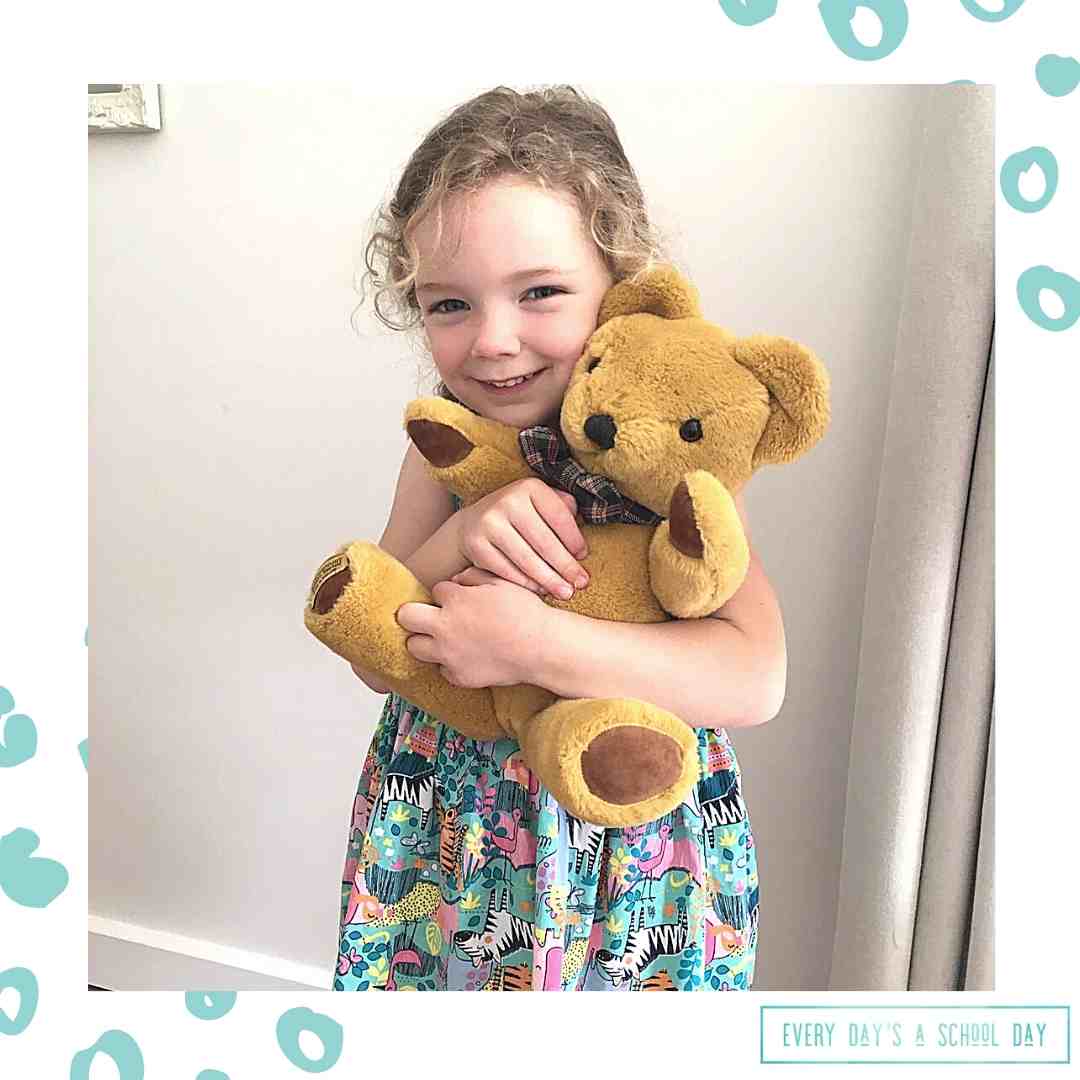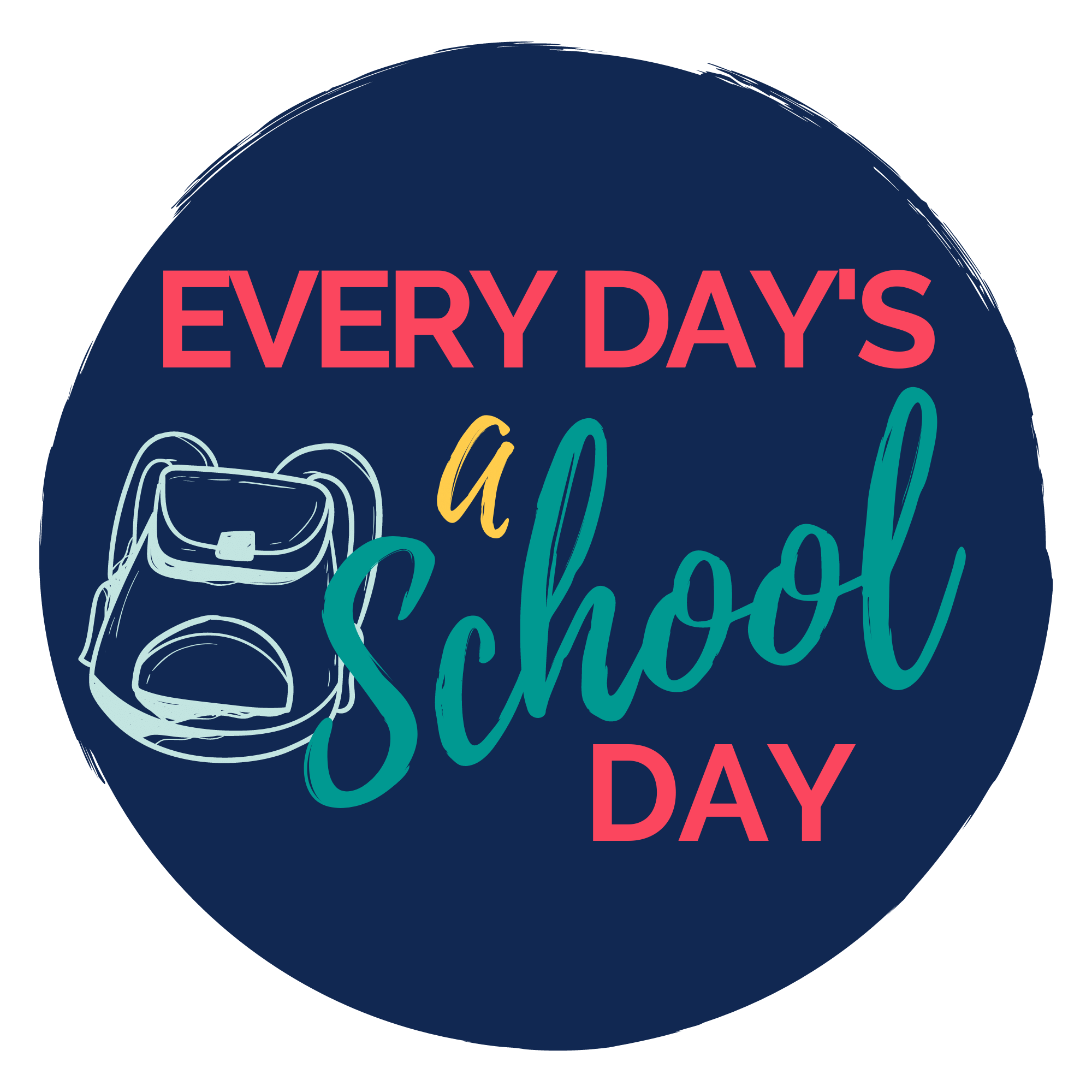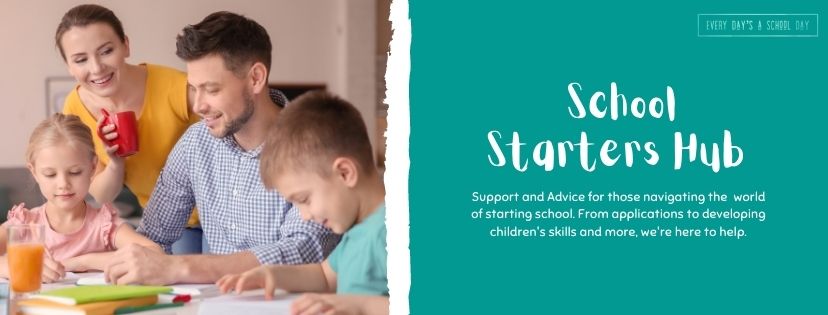National Storytelling week runs from 30th January until 4th February 2021 and it’s an opportunity to celebrate and recognise the value of stories. If you’ve followed us for a while you will know we’re huge book fans, as teachers for many moons we have spent hundreds of hours reading to and with children. We plan the majority of our learning with stories and books as a starting point and in our home lives we read to our own children as much as we can. But what Storytelling week helps us to remember is that stories don’t always have to come from books. For thousands of years stories have been told as a way of passing on important messages from generation to generation. Many cultures are famous for their storytelling, it’s a skill, a talent to be taught and learnt.
Storytelling for our children is a wonderful learning experience whether it starts from a book or something made up in the minds of a tired adult at bedtime (mine are always epically random but Lily seems to love these ones the best!) For children hearing stories being told and re-telling some themselves has so many benefits, here’s just a few:
– vocabulary acquisition
– speech development
– cultural understanding
– develops imagination and creativity
– increased concentration and focus
– develops senses and, depending on the story, increased understanding of their own and the feelings of others
I could go on but you get the idea; stories are great! We value storytelling hugely and have based all of our School Readiness programme session on the Character of Ted to create story led learning for the children. Be in our Facebook community School Starters Hub to hear about our next launch of the School Ready with Teddy programme.
Books can be a brilliant place to start but it’s great to have some other story ideas up your sleeve and if you have a child who has an allergy to sitting still then books aren’t always where they find the story magic! So here we’ve collected just 5 easy ways to use stories and storytelling to have all the great outcomes listed above but without needing to sit still and listen!

1. Act it out
Some stories are made to be acted out, especially ones with a journey. Going on a Bear Hunt is the perfect story to re-tell on a walk. To act out stories just start to re-tell them. “Oh no, grass, long wavy grass…..” You can do it on a walk or just pretend in the garden or inside. Ask your child what props they could find to set it up. Develop their imagination by using the sofa as the mud and a blanket on the floor as the river etc! You can also involve puppets and masks to add to the performance!
Other books that are great to be acted out:

2. Role Play a Scene
Stories can be brilliant as a lead in to playful activities. Use your child’s favourite story to inspire some role play. The Tiger who came to Tea is a brilliant example. Set up a mini tea party/ picnic. You can have a tiger or other unusual animal already there or ready to knock on the door. Explore the story, role play what happened or let your child lead however they have been inspired.
Other great book/ set ups:
- The Runaway Pea (pea assault course)
- Whatever next (picnic on the moon!)

3. Story Cubes
Making up stories is loads of fun, but sometimes children can get stuck for ideas. Story cubes bought or homemade versions are a great way to give some structure to story telling. The idea if you have a set of storytelling cubes or dice with pictures on. You can roll them out and tell a story using the ones which are face up or you can pick/ roll one at a time to tell the next part of the story. If you don’t have story cubes you can use post it notes with simple stick drawings or words, use flashcards with pictures if you have some or if you’re creative make some story stones by drawing on pebbles.
Some useful story elements for making your own prompts:
- different characters
- a few settings
- some objects
- different weather/ time options

4. Imitate a favourite story
This is a top teacher tactic, we’re giving you the inside scoop! Children can find it hard to make up their own completely unique story, actually adults can too! And there’s a huge amount to think about when trying to tell a story; charatcers, setting, plot etc. A great idea is to take a story you know and love and retell it just changing one or two details. For example imagine how ‘The Very Hungry Dinosaur’ story goes (instead of The very Hungry Caterpillar.) Fairy tales work well for this idea too; The Three Little Hedgehogs (Pigs,) Little Blue Riding Hood, Three Billy Cows Gruff.
Imitating is a great conversation as you can ask questions about what changes you should make, explore how it changes the story. You can come back to your ideas over a few days and re-tell in different ways.

5. Turn Taking Stories
Often the best stories are the funny ones. And there’s nothing funnier than when you can’t control where the story is going. Take it in turns to tell a part of a story, it could be a sentence each or a few sentences. Here’s what happened when I tried this with Lily at dinner the other day:
Me: Once upon a time there was a….
Lily: Dragon called Lily…
Me: who was brave and fierce. One sunny morning Lily went exploring…
Lily: and she found a cave with treasure and some poo!
It only took two sentences to get some toilet humour in there!! She always names characters after herself and other family members too which makes me laugh. We did carry the story on and I tried to make it a cleaner version but children will be children!
If your child finds it hard to think of ideas, in addition to the story cubes mentioned above, the You Choose books are a brilliant way to engage their creativity, develop vocabulary and explore new ideas. Each book has no words but a huge range of pictures to choose from.
So there’s 5 storytelling ideas with not one mention of reading or writing! Perfect for home schooling, developing vocabulary, creativity, connection and fun.
The pictures in this blog involve the wonderful Ted from our school readiness programme designed to get children ready for school in a fun and engaging way. Pop to our facebook community School Starters Hub to find out more about how we support families to prepare for school and to hear about the upcoming launch.
We’d love to know if you try some of these and what you think? Or if you have any of your own brilliant storytelling tips please share with us via the comment box or on social media.
Wishing you your version of a ‘happily ever after!’
Em xx


